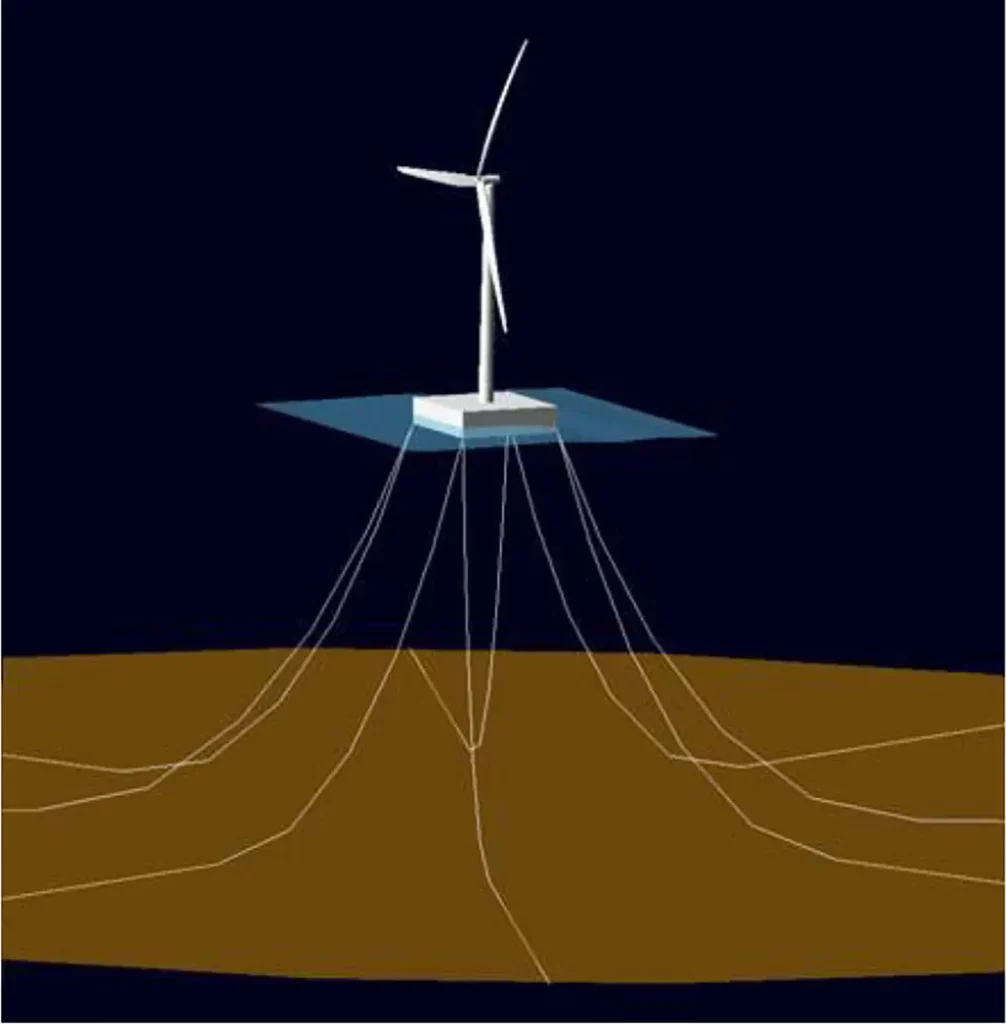Researchers Aljoscha Sander, Bas Holman, and Andreas Haselsteiner, affiliated with the Delft University of Technology in the Netherlands, have recently published a study in the Journal of Physics: Conference Series that sheds light on the complex motions of offshore wind turbines during installation. Their work focuses on understanding the intricate patterns of motion, or orbits, that partially installed turbines exhibit in the horizontal plane.
Offshore wind turbines are a critical component of the renewable energy sector, and their installation process is a complex and delicate operation. One of the most challenging aspects is the installation of the blades, which requires precise alignment of the blade’s bolts with the rotor flange. Both the blade and the turbine are subject to environmental loading, such as wind and waves, which can cause relative motions between the blade root and the hub, complicating the installation process.
The researchers observed that these motions can form intricate orbits in the horizontal plane, a phenomenon that had not been fully explained until now. In their study, they propose a novel torsional coupling mechanism that links motions in the fore-aft and side-side directions. This mechanism can account for the formation of orbits that change direction, providing a clearer understanding of the dynamics at play during turbine installation.
The practical implications of this research are significant for the wind energy industry. By understanding the mechanisms behind these orbital motions, engineers can develop more precise and efficient installation procedures. This could lead to reduced installation times, lower costs, and improved safety for offshore wind farm construction. Additionally, a better understanding of turbine dynamics can inform the design of future wind turbines, making them more robust and reliable in various environmental conditions.
In summary, the research conducted by Sander, Holman, and Haselsteiner provides valuable insights into the complex motions of offshore wind turbines during installation. Their proposed torsional coupling mechanism offers a novel explanation for the observed orbital patterns, with practical applications for improving installation processes and future turbine designs. This work contributes to the ongoing efforts to enhance the efficiency and reliability of offshore wind energy, a crucial component of the global transition to renewable energy sources. The research was published in the Journal of Physics: Conference Series.
This article is based on research available at arXiv.

